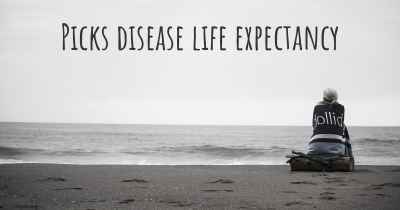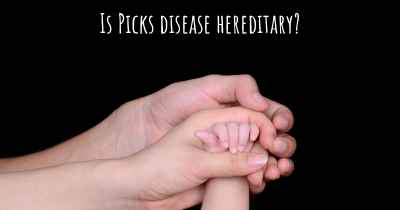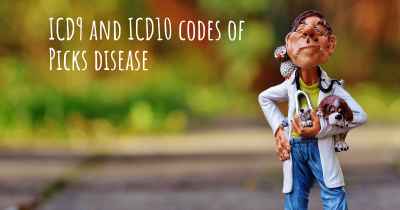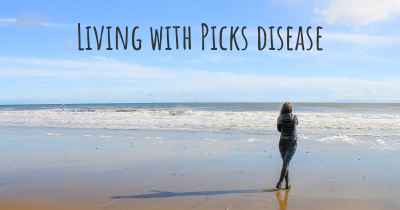Is it advisable to do exercise when affected by Picks disease? Which activities would you suggest and how intense should they be?
See if it is advisable for people with Picks disease to practice sports and which ones are the most recommended if you have Picks disease
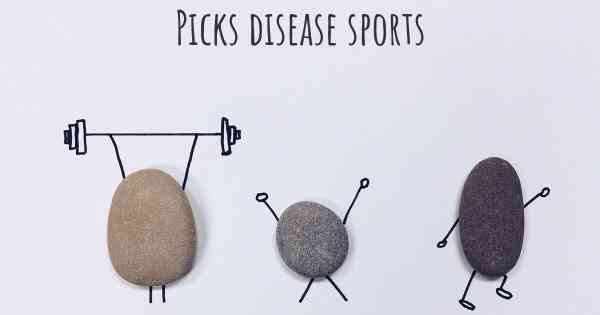
Is it advisable to do exercise when affected by Picks disease?
Picks disease, also known as frontotemporal dementia, is a progressive neurodegenerative disorder that primarily affects the frontal and temporal lobes of the brain. It leads to a decline in cognitive abilities, behavior changes, and language difficulties. While there is no cure for Picks disease, managing symptoms and maintaining overall well-being is crucial for individuals affected by this condition.
Exercise and Picks Disease:
Engaging in regular exercise can be beneficial for individuals with Picks disease, as it offers various physical and mental health advantages. However, it is important to consider the individual's specific condition and consult with a healthcare professional before starting any exercise program. The intensity and type of exercise should be tailored to the person's abilities and limitations.
Benefits of Exercise:
1. Physical Health: Regular exercise can help maintain cardiovascular fitness, muscle strength, and flexibility. It can also improve balance and coordination, reducing the risk of falls and injuries.
2. Mental Health: Exercise has been shown to enhance mood, reduce anxiety and depression, and improve overall psychological well-being. It can also help manage stress levels, which can be particularly important for individuals with Picks disease and their caregivers.
3. Cognitive Function: Some studies suggest that exercise may have a positive impact on cognitive function and slow down cognitive decline in individuals with dementia. While the effects may vary, engaging in mentally stimulating activities during exercise, such as puzzles or memory games, may provide additional cognitive benefits.
Recommended Activities:
The choice of exercise activities should be based on the individual's preferences, physical abilities, and stage of Picks disease. Here are some suggestions:
1. Aerobic Exercises: Low-impact activities like walking, swimming, or cycling can be excellent options. These exercises promote cardiovascular health, improve endurance, and boost mood.
2. Strength Training: Gentle resistance exercises using light weights or resistance bands can help maintain muscle strength and prevent muscle loss. It is important to focus on proper form and avoid overexertion.
3. Flexibility and Balance: Stretching exercises, yoga, or tai chi can improve flexibility, balance, and posture. These activities can also promote relaxation and reduce stress.
Exercise Intensity:
The intensity of exercise should be moderate and appropriate for the individual's capabilities. It is important to avoid overexertion, as it can lead to fatigue and potential injury. Here are some general guidelines:
1. Duration: Aim for at least 150 minutes of moderate-intensity exercise spread throughout the week. This can be divided into shorter sessions of 30 minutes, five days a week.
2. Intensity: Moderate-intensity exercise should elevate the heart rate and cause a slight increase in breathing. It should feel challenging but still allow for conversation without excessive difficulty.
3. Progression: Start with shorter durations and lower intensities, gradually increasing as tolerated. Listen to the body and adjust the exercise routine accordingly.
Precautions and Considerations:
1. Medical Advice: Always consult with a healthcare professional before starting or modifying an exercise program, especially for individuals with Picks disease. They can provide personalized recommendations based on the individual's condition and overall health.
2. Supervision: Depending on the severity of symptoms and physical limitations, exercising under the supervision of a trained professional, such as a physical therapist, may be beneficial.
3. Individualization: Exercise programs should be tailored to the individual's abilities, preferences, and stage of Picks disease. What works for one person may not be suitable for another.
4. Monitoring: Regularly assess the individual's response to exercise and make adjustments as necessary. If any adverse effects or discomfort occur, consult with a healthcare professional.
Conclusion:
Engaging in regular exercise, tailored to the individual's abilities, can have numerous benefits for individuals affected by Picks disease. It can improve physical health, enhance mental well-being, and potentially slow down cognitive decline. However, it is crucial to seek professional advice, consider individual limitations, and prioritize safety when designing an exercise program. By incorporating exercise into the daily routine, individuals with Picks disease can strive for a better quality of life.
Posted Mar 4, 2017 by Jay 1000
Posted Mar 4, 2017 by Maggie 1000
